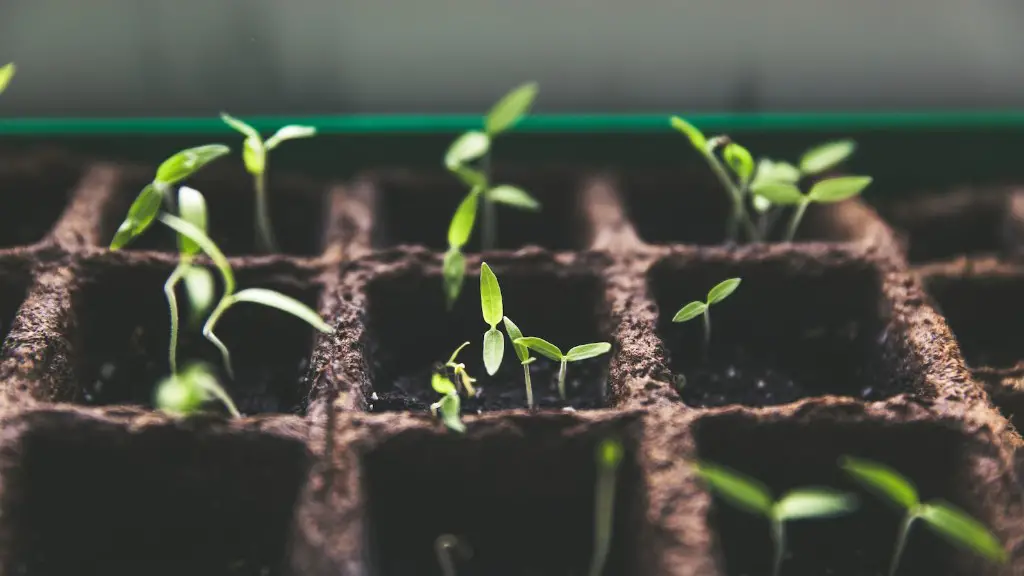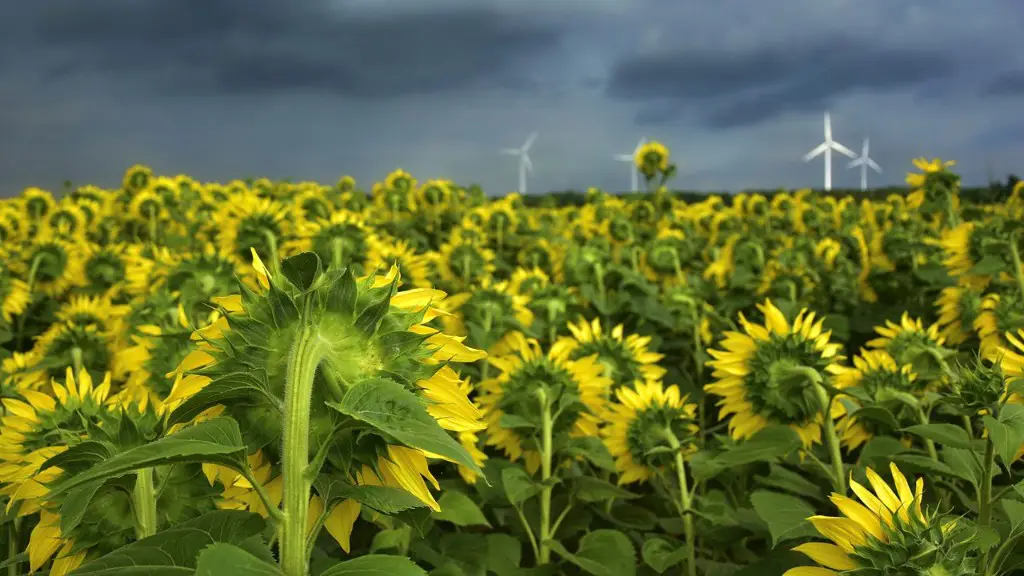Modern farming technology has revolutionised European agriculture over the last decade. Automation has enabled improved precision, efficiency and accuracy in sowing and harvesting yields, leading to greater profitability for farmers. GPS tracking has allowed for the accurate mapping and targeted application of fertilisers and other inputs. High-tech sensors are being used to monitor soil moisture and tilt-sensor sprayer technology can detect crop types and apply the right amount of pesticide. Data analysis of satellite images is allowing farmers to use computer-simulated models to accurately forecast future growth and plan accordingly.
High-tech tractors and plantation equipment have substituted manual labour. In recent years, the use of drones and remote sensing to analyse the health of crops has furthered improved crop productivity. Computer models are being used to identify the optimal harvests, thereby making crop cycles shorter and yield boosting. Furthermore, the use of app-based technology has enabled farmers to take advantage of market prices and order forecasted resources in a well-timed manner.
The developments of drip irrigation and ground water options have allowed for efficient and accurate water management in response to weather conditions. The use of smart grids and automated climate control systems have contributed to reduced operational costs. Temperature, humidity and nutrient levels of soil can be automatically regulated with precision devices.
Controlled environment systems are providing alternatives to traditional greenhouse farming. Hydroponics and aquaculture are used globally to enhance the production of food crops and fish. Robotic technology is helping to reduce labour costs and increase the efficiency of large-scale operations. For example, robotic strawberry harvesting and milk-robots can reduce labour costs and boost production.
Overall, modern farming technology has enabled increased yield, reduced operational costs and higher levels of efficiency in European agriculture. Improved software and analytics have enabled farmers to optimise and increase productivity, while enhancing food and resource security. This has allowed for the rise in agricultural profitability and the development of advanced farming techniques.
Sustainable Farming
The use of modern farming technology has enabled the implementation of sustainable farming practices in European agriculture. Developers of precision agriculture equipment are now using computer-based prediction models to analyse soil health and improve yield per hectare. This has led to minimised use of water, fertiliser, and other inputs, enabling farmers to generate higher crop yields with fewer resources and in a more environmentally friendly manner.
The development of sustainable farming technologies could minimise the environmental impact of agriculture, allowing for improved agricultural practices. Sensor technologies have enabled farmers to detect nutrient deficiencies and manage water resources more efficiently, suggesting more sustainable and reduced-impact farming methods. By improving soil health through sustainable agriculture, farmers can contribute in better protecting biodiversity, as well as reduce the use of chemical fertilisers and other chemistries.
The use of modern farming technology has enabled farmers to better understand and respond to environmental challenges. In particular, the use of robotic platforms has provided farmers with more accurate and timely data regarding soil health, enabling them to better monitor and manage crop production. In addition, farmers now have access to detailed mapping systems that enable them to identify areas of soil degradation and devise strategies for their recoveries.
In conclusion, modern farming technology has enabled European farmers to transition to more sustainable farming practices, reducing their impact on the environment, while increasing their yields and profitability. Through better monitoring and management, farmers can reduce their emissions footprints, as well as improve their soil health and restore biodiversity.
Cost-Benefit Analysis
The use of modern farming technology has resulted in a cost-benefit analysis of European agriculture. By introducing automation, precision agriculture and high-tech sensors, the costs associated with farming have decreased and the profitability of the industry has increased. In addition, the use of data analysis and computer-simulated models have enabled greater crop productivity and yield accuracy. This has resulted in a more reliable and resilient agricultural sector which has pushed European farmers to become more competitive in the global market.
The automated applications of inputs such as fertilisers and pesticides have minimised input costs, as well as increased crop yields and productivity. In addition, robotic technology has facilitated the increased efficiency of large-scale operations, reducing labour costs and boosting output. Farmers now have access to sophisticated climate control systems, enabling them to monitor and manipulate the environment for improved crop production at a reduced cost.
The development of smart grids and the implementation of renewable energy sources for farming operations have also yielded cost savings. The use of solar panels and wind turbines for power generation has allowed for the reduction in operational costs, while decreasing the reliance on fossil fuels and traditional energy sources. Hydroponics and aquaculture systems have further enabled farmers to reduce costs associated with traditional farming practices.
Overall, the use of modern farming technology has provided European farmers with an economic advantage by improving their efficiency and productivity while minimising their expenses. By taking advantage of technological advancements, farmers can compete in the global market, while ensuring a more stable and profitable agricultural industry.
Conclusion
Modern farming technology has revolutionised European agriculture over the past decade. Automated and robotic systems have increased efficiency and accuracy in sowing and harvesting yields, while minimising the need for manual labour. Computer-simulated models have allowed for the accurate forecasting of future growth, while GPS tracking and satellite imaging have enabled farmers to optimise crop productivity. In addition, high-tech sensors have been used to monitor soil moisture, as well as reduce input costs and environmental impact.
The use of modern farming technology has enabled farmers to create cost savings, while generating higher crop yields and boosting efficiency. This has resulted in higher levels of profitability and shorter crop cycles. Sustainability has also been promoted through the use of smart grids and renewable energy sources, as well as improved soil health through advanced farming techniques. Furthermore, controlled environment systems are providing alternatives to traditional farming, allowing farmers to take advantage of technological advancements and compete in the global market.



